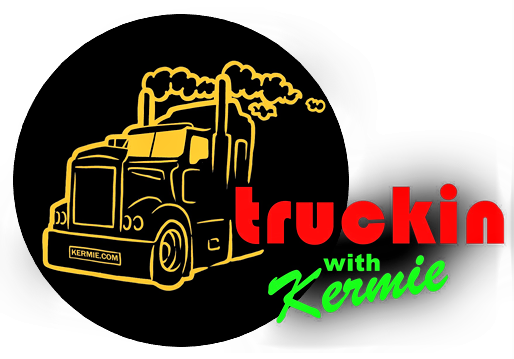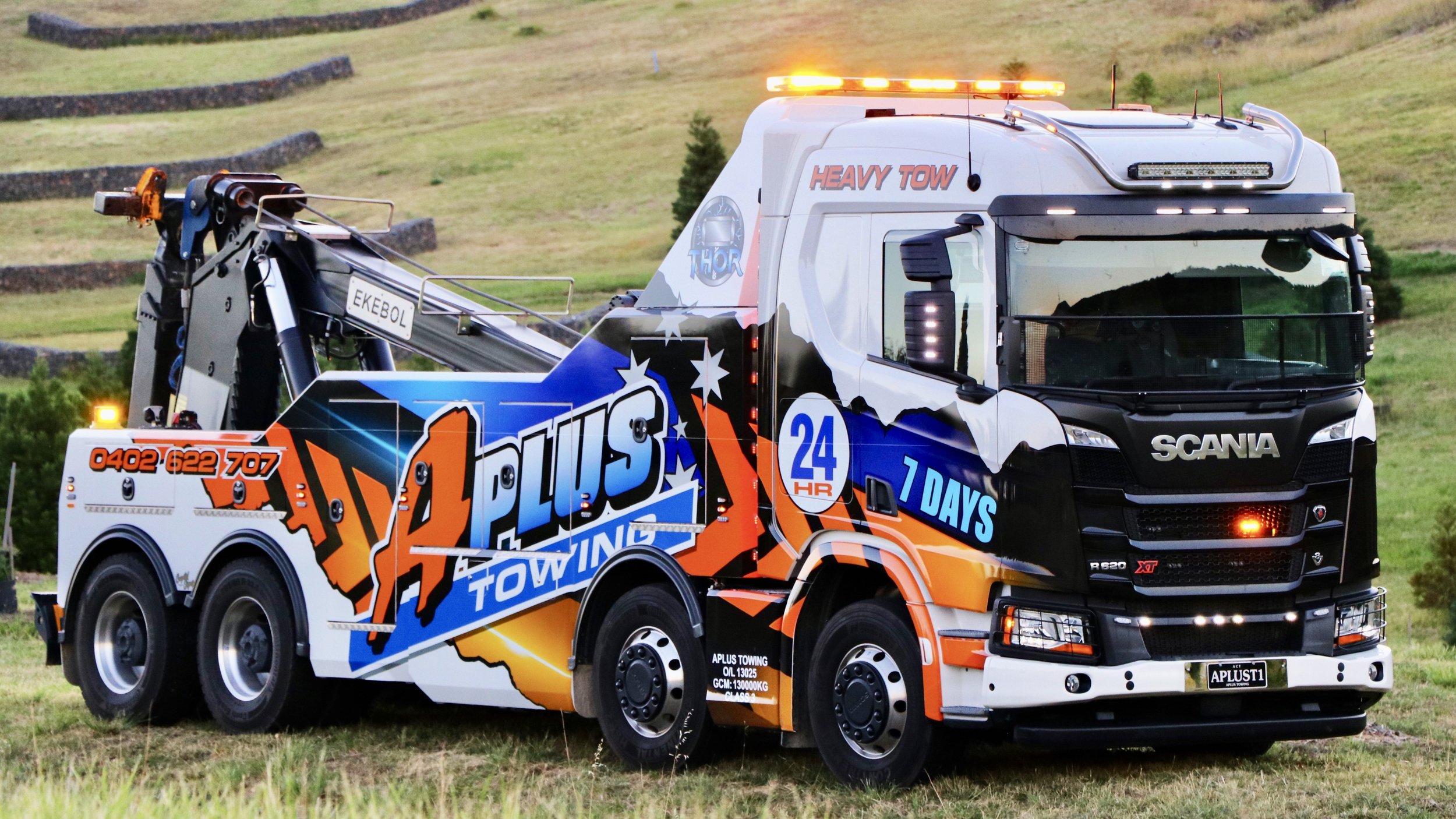The Legend of Canter - 50 Years in Oz
From Dodge to Mitsubishi to Fuso, the Canter name lives on.
Two years after man first stepped foot on the moon (and a year after I got on a plane for the first time to go and live in Sydney Town), another important landing was taking place.
In 1971 the first ever shipment of Canters arrived in Australia, drove off the wharf and headed straight to work.
Now Fuso is celebrating the 50th anniversary of the iconic Canter, the only truck with a household name in Australia. All up, more than 72,700 Canters have been sold here.
Back in 1971, the first Canter actually wore a Dodge badge due to the tie up with Chrysler, which saw many Mitsubishi products sold as Chrysler and Dodge products in Australia.
Flick through newspapers of the time and you’ll notice, in between stories about Australia pulling troops out of Vietnam and the first release of the first ‘pocket calculator’, advertisements for the new Canter which was described as a great ‘all-rounder’.
It had a rating of 3.5-tonnes, a cab-forward design (it was a cab-over), 95hp and price of $3287.
That was surely a great deal, as was the rip-snorting Ford Falcon GT-HO Phase III advertised for a touch more than $5000 on another page.
The Canter was first introduced in Japan in 1963 as the T20 and proved its toughness in our region on the rugged ‘roads’ of Papua New Guinea a couple of years before it arrived in Australia.
Looking back at it now, the first Canter appears basic, even though the ads boasted of ‘extra’ features such as “flow-through ventilation” and “safety glass all-round.”
Then ….
…. and now
The radar-based Advanced Emergency Braking System of today’s Canter would have seemed like the stuff of a science fiction movie, as would its dual airbags and camera-based Lane Departure Warning System. The current Canter’s common rail turbo diesel engine and dual-clutch fully automated transmission also delivers the kind of performance that could only be dreamt of back in the early 70s.
But the first Canter was a willing worker and proved popular.
Soon, Australians found out the Canter could do just about anything. One owner decided to use a single axle Canter to tow an enormous boat all the way from Perth to Sydney. The little truck looked tiny compared to the vast boat it was hauling, and would likely attract plenty of attention from authorities these days, but it made the trip without missing a beat.
Perth to Sydney … because it could!
Keen eyed viewers would have also noticed the original Canter even had a cameo in the much-loved 1995 movie, Babe.
But it wasn’t on the movie screen that would make Canter famous. Instead, Canter became a household name thanks to an advertising campaign for TV.
In 1978, three ‘Japanese Sumos’ climbed into a Canter truck, before one declared that it was “Not so squeezy!” The effect of the ad, which aired across the country, was immediate and the Canter name, as well as the term “Not so squeezy,” would soon be etched in the minds of everyday Australians.
Interestingly, the so-called Sumos were not even Japanese. The ad agency sourced some big Kiwis to fulfil the roles with the help of some make-up and questionable Japanese-English accents.
The Canter evolution continued through the years as technology advanced. It launched in 1971 with a petrol engine only, but was joined by a diesel four years later and it soon became the preferred engine.
In Australia, the petrol unit was dropped in 1991, but the Canter is still available in the United States with a petrol engine, a 6.0-litre GM V8.
By 1978, Canter was available with a wide cab, much to the delight of larger Australians, in addition to its standard cab. Both options remain today, with the City Cab preferred for operators who need to slip into tight spots such as city lanes and cramped building sites.
The first factory tipper was added to the Canter range in 1983 and remains a central part of the Canter range (there are actually two tipper models available these days).
The 4x4 Canter arrived in 1989 and was an instant success. Rural fire brigades loved it, and for some time, the biggest 4x4 Canter fleet in the world was owned by the NSW Fire Service.
The TF Canter arrived in Australia in 2011 and was substantially different to the previous model.
It was the first Canter developed after Fuso joined the Daimler family and efficiency was a key focus, both in terms of fuel economy, but also an optimum payload.
Canter today
Revisions were made along the way and the truck was given an upgrade in 2017, before the Canter became the first light duty truck to be fitted with Advanced Emergency Braking System, Electronic Stability Program, Traction Control and Lane Departure Warning System two years later.
The current Canter features best in class payload, the biggest warranty (five years/200,000km, whichever comes first) a modern common rail turbo-diesel engine with a five-speed manual or fast-shifting dual-clutch Duonic automated transmission.
It is available in a range of configurations from a 3.5 tonne car licence model to an 8.5 tonne version, along with City Cabs, Wide Cabs, Crew Cabs, Built Ready tippers, tray trucks and pantechs as well as a rugged 4x4 unit.
This year, Fuso started a new chapter in the Canter story by introducing the first OEM fully-electric truck in Australia; the eCanter.
Into the future
More Blog Posts You Will Love
More From In-depth
Got something to say? Say it here!
truckinwithkermie.com is for YOU and about YOU. We’d love to hear your stories. There are a number of ways to get in touch with us:
kermie@truckinwithkermie.com
(+61) 0418 139 415























